You’ve probably eaten queso in a Mexican restaurant, or enjoyed the flavors of Hispanic food. This delicious fresh cheese is used in many Latin American recipes, and it has a distinct taste and texture. What is queso fresco and why is it so popular? Discover the charm of this mild, crumbly white cheese made with cow’s dairy.
Table of Contents
Queso Fresco: An Introduction
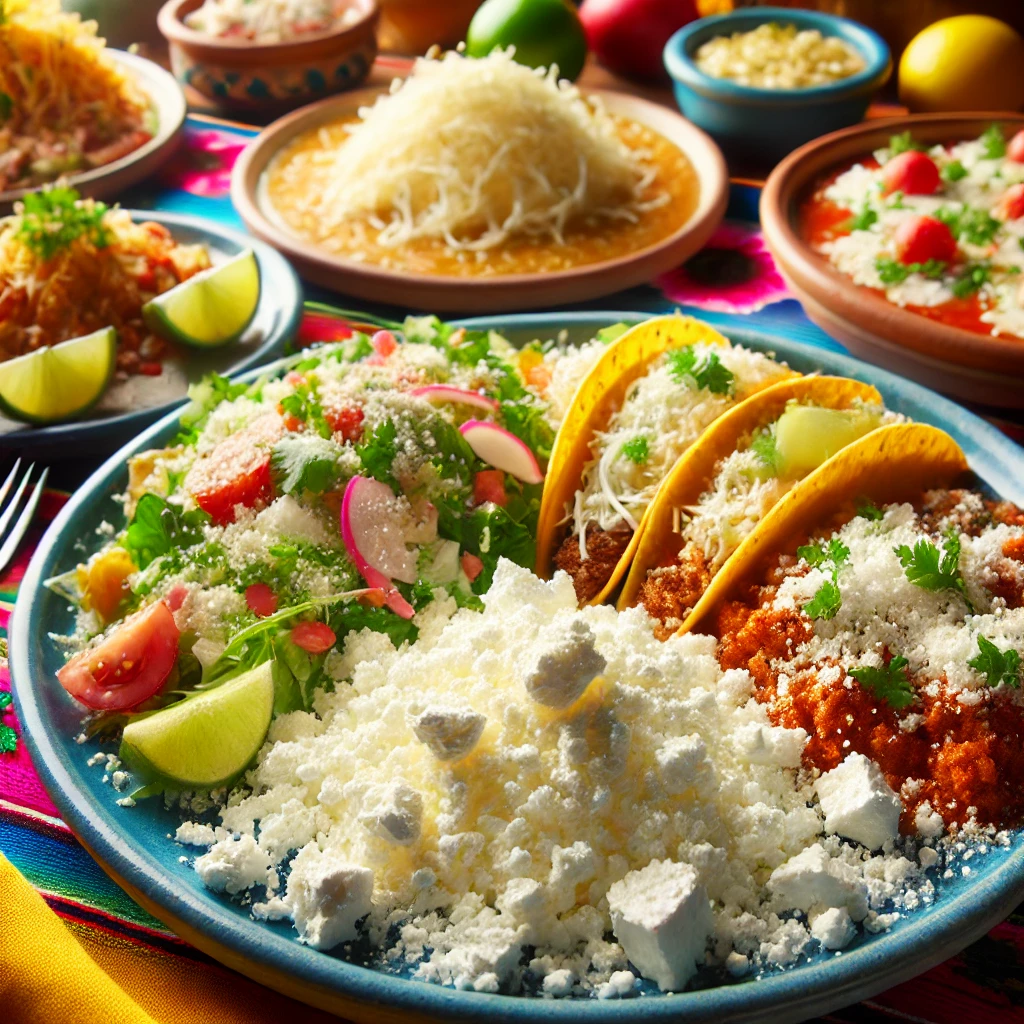
It’s not just cheese, it is a culinary treasure which embodies Latin American cuisine. Its mild taste and versatility make it a great addition to many dishes, including traditional Hispanic recipes as well as contemporary culinary creations. Before we explore its many uses let’s take a look at what makes it so special.
What is Queso fresco?

Queso Fresco is a crumbly, soft cheese with a white color. It is made from cow’s dairy and has a mild, slightly tangy taste. Queso fresco, unlike aged cheeses is eaten fresh and usually within days of its production. This contributes to the unique taste and consistency.
Queso Fresco: Characteristics
The crumbly texture of queso is one of its most distinctive features. Queso fresco, unlike other cheeses that can be grated or sliced, is usually crumbled before adding to dishes. Its crumbly texture makes it an excellent topping for soups, salads and other Mexican dishes.
The mild taste of queso is another important feature. has a much milder flavor than some cheeses. It is a versatile ingredient, which can be used to create a variety of dishes without overwhelming other flavors.
Origin of Queso Fresco

Queso fresco has a long history, and its roots are deeply rooted in Mexican and Latin American cultures. This cheese is a staple of Hispanic cooking, and can be found in a variety of dishes from appetizers to main dishes. Its freshness and simplicity have made it an all-time favorite.
History
Mexico has made queso fresco for centuries, using methods that have been passed down from generation to generation. Spanish settlers are believed to be responsible for introducing the cheese-making technique to New World. These techniques were eventually adapted to local ingredients and the environment, leading to the creation of quso fresco.
Cultural Significance
In many Latin American nations, queso is not just a dish; it’s a cultural symbol. It is usually made at home with traditional methods, and then shared among family and friends. The communal nature of cheese-making is a reflection of the role food plays in bringing people closer together and preserving their cultural traditions.
Queso Fresco: How it is Made
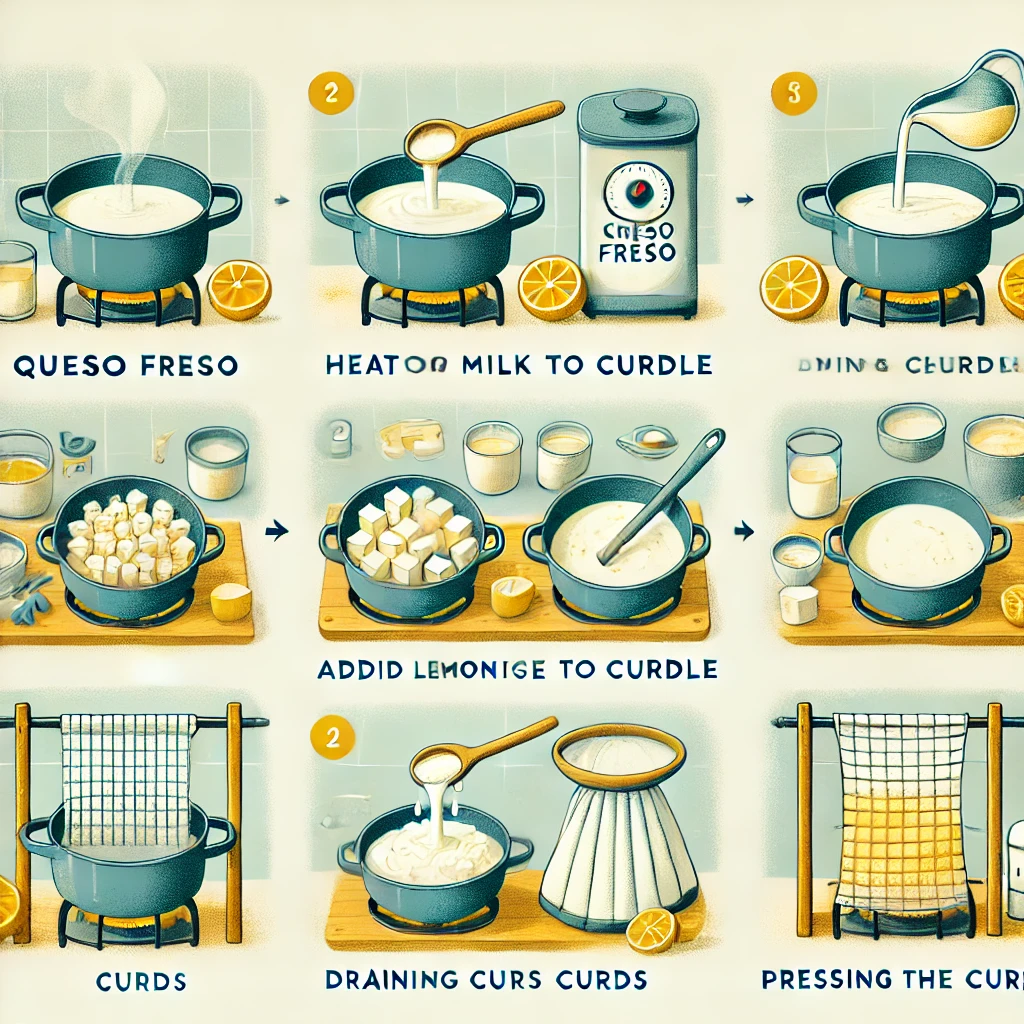
The process of making queso fresco involves curdling milk, either with vinegar or lemon juice. The curds will then be pressed and lightly salted. Its characteristic soft texture and fresh taste are due to the lack of ageing.
The Step-by-Step Procedure
- Heat the Milk The first step to making queso is heating the milk up until it reaches the desired temperature. This temperature is usually 180degF or 82degC. This will ensure that the acid curdles the milk properly.
- Add the Acid Once the milk reaches the desired temperature, a strong acid like vinegar or lemon is added. The milk will curdle and form solid curds, as well as liquid whey.
- Draining Curds Pour the mixture into a colander lined with cheesecloth to separate the curds from the whey. The cheesecloth is used to separate the curds from the whey.
- Pressing Curds After the curds are drained they are pressed in order to remove the remaining whey. The edges of the cheesecloth are usually gathered and tied together into a bundle. The bundle will then be hung to drain for an hour.
- Salting the Cheese After the curds are sufficiently drained they can be lightly seasoned to enhance their flavor. The cheese is then pressed in a container or mold and chilled for a few minutes before serving.
Variations in Production
Although the basic method of making queso is fairly simple, some variations exist in the production methods. Some recipes, for example, call for adding rennet, an enzyme that helps curdle milk more efficiently. Some recipes may call for different types of milk such as goat milk. This can give the cheese an entirely different taste and texture.
Taste and Texture Of Queso Fresco
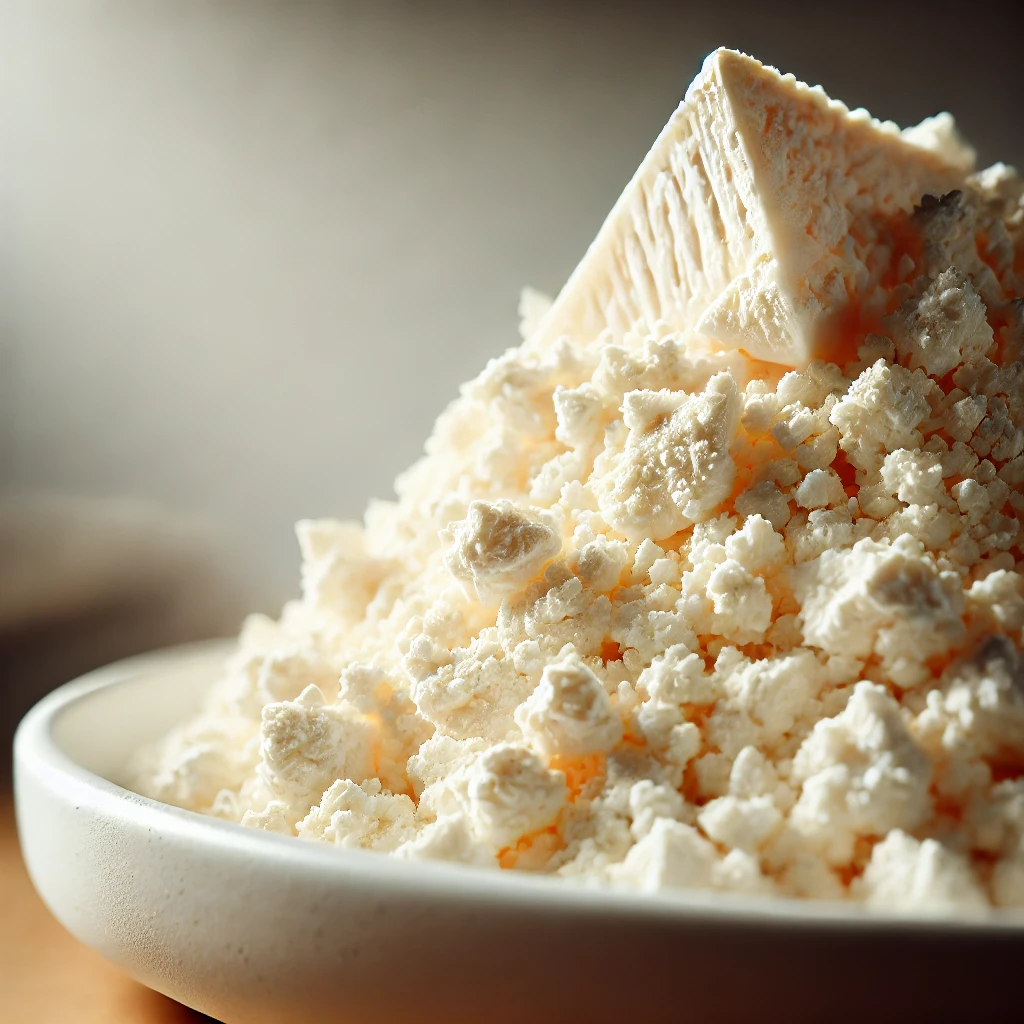
Has a mild and slightly tangy taste. It is crumbly and creamy, so it’s perfect for adding to recipes or crumbling on top of dishes. Its flavor is fresh and pairs well with many ingredients.
Flavor Profile
The taste of queso is mild, slightly tangy and sweet from the milk. It is a versatile ingredient, which can be used both in savory and sweet recipes. The mild flavor makes it an excellent choice for those who do not like the strong flavors found in aged cheeses.
Textural Characteristics
Its texture is its most distinguishing feature. It has a crumbly texture, slightly grainy with a creamy, smooth mouthfeel. Its texture is ideal for crumbling on top of dishes as it provides a nice contrast with other ingredients.
Queso Fresco: Uses in Culinary Cuisine

Can be used to make a variety of dishes in the kitchen. Here are some of the most popular culinary uses:
Tacos, Enchiladas and Toppings
The crumbled queso is a traditional topping for tacos and enchiladas. Its mild taste and creamy texture compliment the bold, spicy flavor of these dishes. They add a touch richness to the dish without overwhelming the other ingredients.
Salads
Is also a great way to add tangy, creamy flavor to salads. It goes well with vegetables, and you can use it in green salads or grain-based ones like quinoa and bulgur. The crumbly texture of this dressing adds a nice contrast with the crispness and freshness of the vegetables.
Stuffing for Chile Rellenos
Is often used as a filling in Chiles Rellenos (stuffed peppers), a Mexican favorite. When the cheese is cooked, it melts a little, creating a flavorful, creamy filling. This pairs well with the spicy peppers.
Soups
You can also add this cheese to your meals by garnishing soups and other dishes with queso fresco. It gives the soup a mild, tangy taste and adds creaminess.
Quesadillas
Is also a great filling for quesadillas. Its mild flavor and creamy texture make it an excellent choice for melting into a warm gooey mixture that goes well with tortillas.
Desserts
Can be used to make desserts. It is usually served in savory dishes. Its mild taste and creamy texture makes it an excellent addition to sweet dishes such as cheesecakes and flans.
Queso fresco is rich in nutrients.
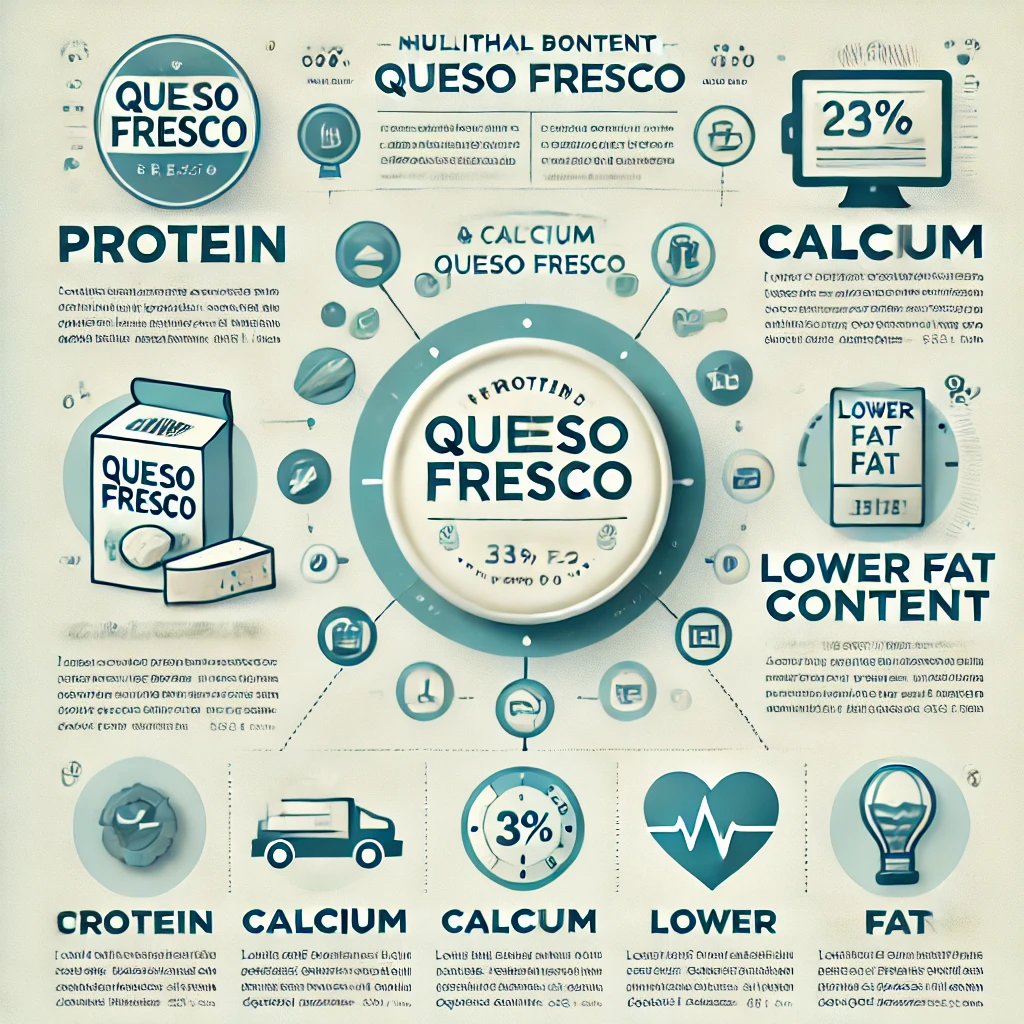
Queso Fresco is not only delicious, but it also has many nutritional benefits. It’s a great source of calcium and protein, which are essential to maintaining strong bones and muscles. It has fewer calories and fat than many aged cheeses. This makes it a better option for people who want to reduce their fat consumption.
Protein Content
Queso fresco contains a lot of protein which is essential for the repair and building of tissues. One serving of queso can supply a large amount of daily recommended protein. This is a good option for anyone looking to increase their intake.
Calcium Content
Calcium is important for strong teeth and bones. Queso fresco contains a lot of it. Regular consumption of this queso can ensure you get enough calcium.
Reduced fat and calorie content
Queso fresco has fewer calories and fat than many aged cheeses. It is a good option for people who want to reduce their intake of fat without sacrificing taste. This is a great option for people on a diet that restricts calories, since it contains a lot of nutrients and doesn’t add too many extra calories.
Lactose content
Although queso fresco contains lactose it is usually lower than other cheeses. It is therefore a better choice for people who are lactose-intolerant. However, it can still be problematic for some people.
Comparing Queso Fresco with Other Cheeses
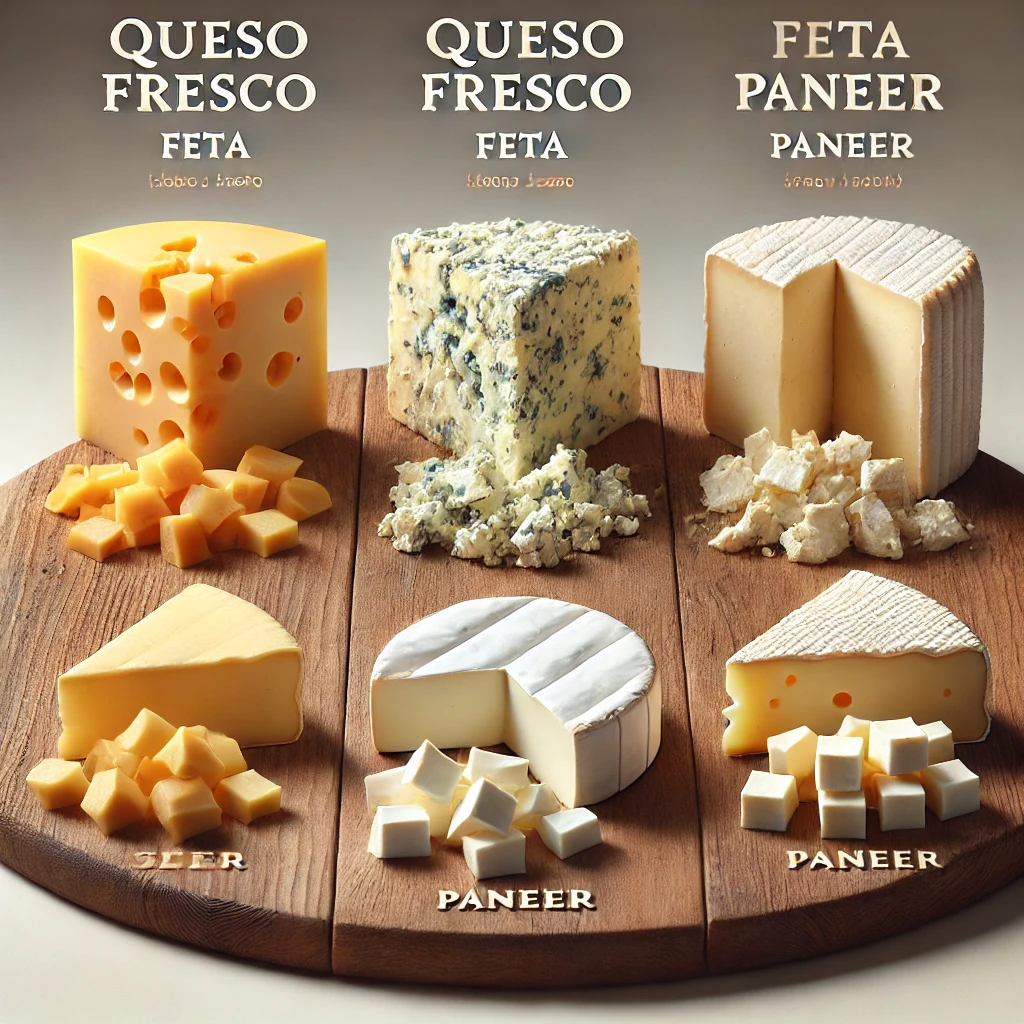
Queso Fresco is unique among other cheeses because of its special properties.
Freshness
Queso fresco, unlike aged cheeses is eaten fresh. This gives it a unique taste and texture. Its freshness makes it stand out from other cheeses, and it is a great addition to many dishes.
Mild Flavor
The mild taste makes it suitable for a variety of dishes. Some cheeses can have a pungent, strong taste which can overwhelm other ingredients. Queso fresco, however, is more subtle. It is a good option for people who like milder flavors.
Crumbly Texture
Its crumbly texture makes it stand out from other soft cheeses such as mozzarella or ricotta. Its crumbly texture is ideal for adding to dishes and adding a nice contrast.
Feta
Both queso fresco & feta are crumbly cheeses but they differ in many ways. Feta has a much stronger flavor and is saltier than queso. Also, feta, which is usually made with sheep’s or goat’s milk, is different from queso fresco, which is made with cow’s.
Compare with Paneer
The fresh cheese paneer is also often compared with queso. Both cheeses are mild, crumbly and used in Indian cooking. Queso fresco is used more often in Mexican and Latin American cuisines.
Queso Fresco in Hispanic Cuisine
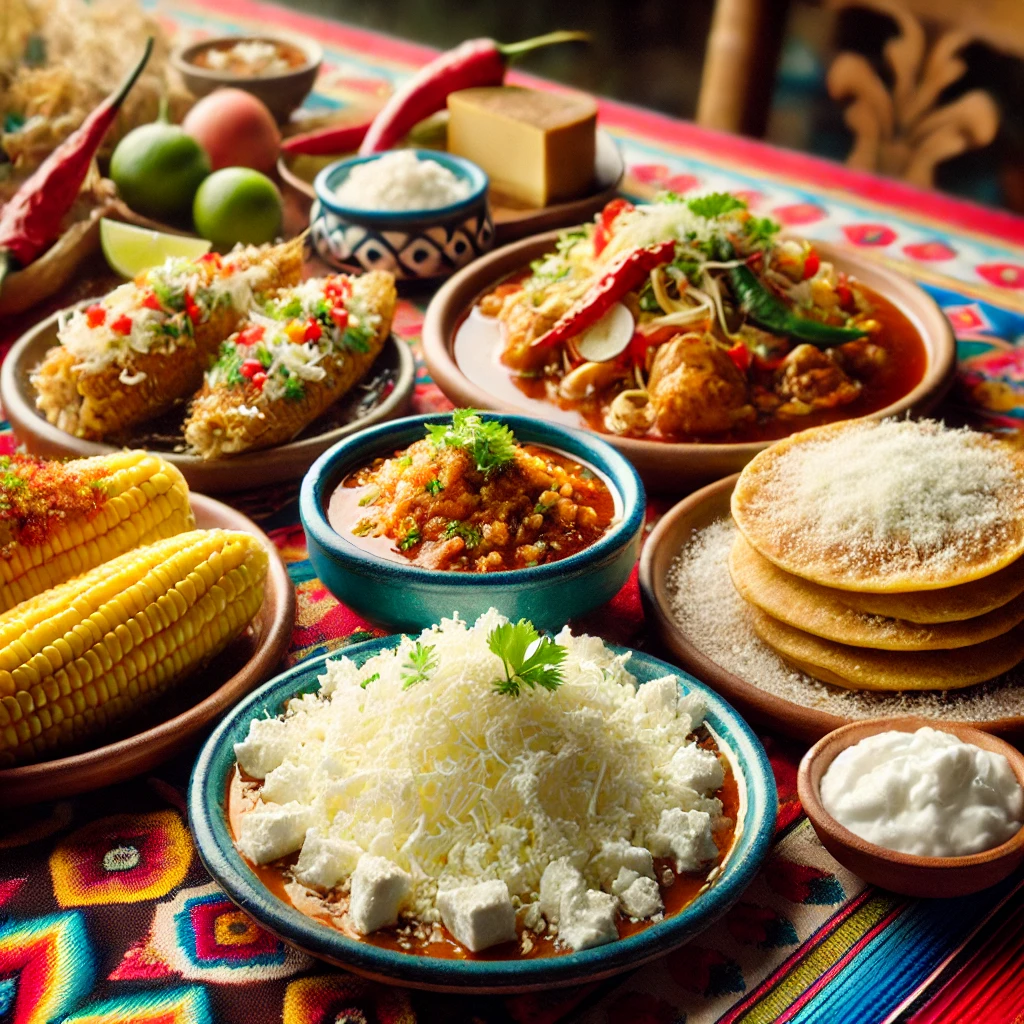
Queso Fresco has been a mainstay in Hispanic cooking, especially in Mexican and Latin American cuisine. It is a great way to add a creamy and tangy flavor to traditional recipes.
Traditional Dishes
Queso fresco can be found in many Hispanic traditional dishes.
- Elote – Mexican Street Corn: Grilled Corn on the Cob is coated in mayonnaise and chili powder with crumbled Queso Fresco. This makes a tasty and flavorful snack.
- Sopes : This thick tortilla-like base is topped with meat, beans, and crumbled cheese fresco. It’s a satisfying and hearty dish.
- Tacos de Papa : Fried potato tacos often come with crumbled cheese fresco to add a creamy and tangy touch.
- Enchiladas : You can use queso fresco as a filling or as a garnish on top of enchiladas.
- Chiles Rellenos : Queso Fresco is used to add a creamy and flavorful filling to chiles rellenos.
Modern Dishes
Queso fresco is not only used for traditional dishes but can also be added to more modern ones. Its mild taste and creamy texture makes it a versatile and adaptable ingredient.
Regional Variations
Queso fresco, while popular in Mexican cuisine is also used in other Latin American countries. Queso fresco is used in different ways by each region, a reflection of the culinary diversity of Latin America.
Queso Fresco: How to Buy and Store it

Look for fresh cheese with a mild, clean aroma when purchasing quso fresco. It should be clean and white, with no discoloration. Store queso fresco in the refrigerator and consume within a couple of days for optimal flavor and freshness.
Buy Tips
- Freshness : Choose queso fresh, which is made freshly and has a mild aroma. Avoid cheeses that are dry or have any discoloration.
- Packaging : Inspect the packaging to check for signs of contamination or damage. The cheese must be properly labeled and well-sealed.
- Source If you can, purchase queso fresco at a reputable retailer, such as your local specialty cheese shop or dairy. You can be assured that the product you buy is of high quality.
Storage Tips
- Refrigeration Store queso in the fridge, wrapped in parchment or wax paper. This will help to keep it fresh and prevent drying.
- Avoid freezing. Freezing will alter the texture and make it less appealing. Consider using it to make dishes that you can freeze if you want to store it longer.
- Shelf life: It is best to consume queso fresco within one week after making it or buying it. To maintain freshness, keep it in the refrigerator and wrap it properly.
Homemade Queso Fresco Recipe
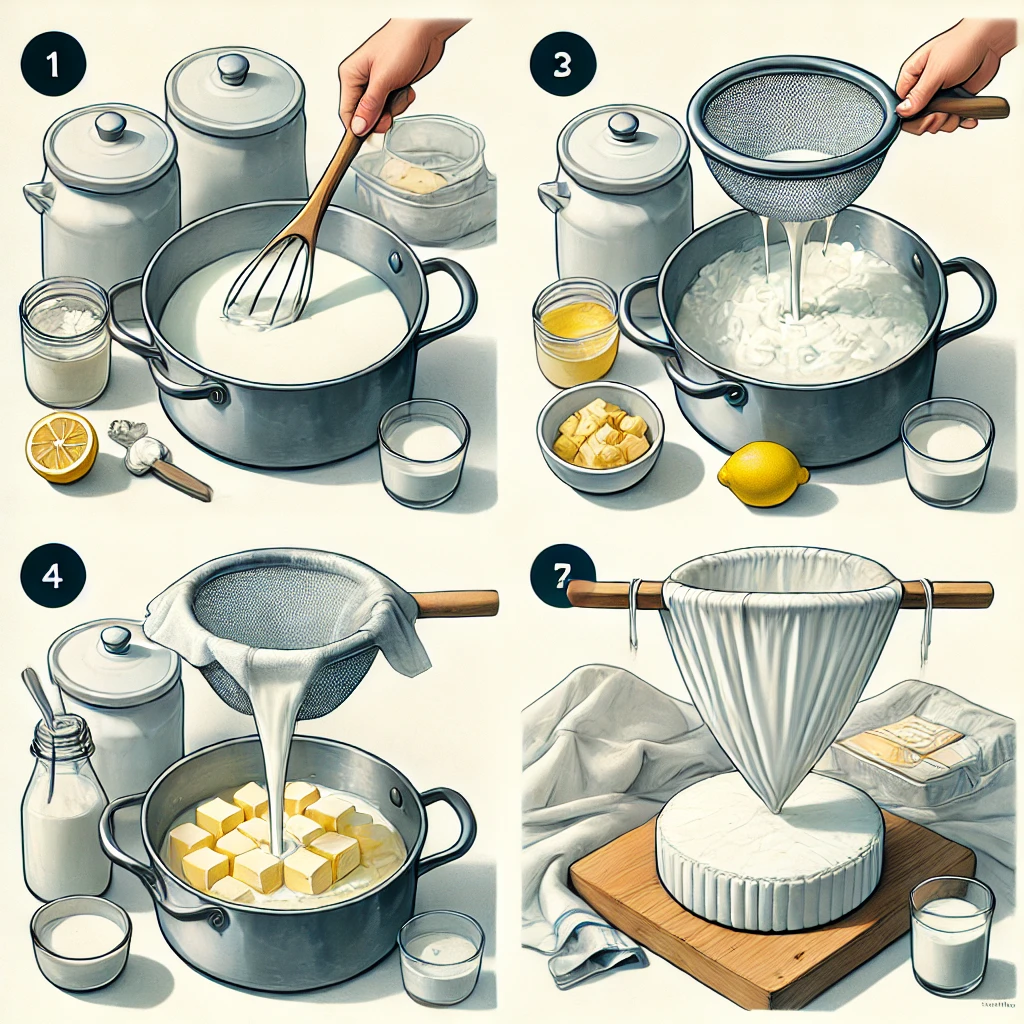
Making quso fresco is a great way to enjoy the freshest cheese. Here’s an easy recipe you can try:
Ingredients:
- Fresh cow’s milk, 1 gallon
- Use 1/4 cup white vinegar or lemonjuice
- Salt is a taste.
Instructions:
- Heat Milk Pour the milk in a large pot, and heat over medium heat. The temperature should reach about 180degF. To prevent the milk from burning, stir it occasionally.
- Add Acid Remove the pot from the heat and add the lemon or vinegar slowly, stirring gently. Let the mixture sit for 10 minutes or until curds begin to form.
- Drain Curds Line a colander (or similar) with cheesecloth, and pour in the curds. Let the mixture drain about 30 minutes.
- Press The Curds : Gather the edges and tie them to form a bun. Hang the bundle for an hour over a bowl or sink to drain.
- Salted Cheese Once the curds are drained, place them in a bowl. Add salt to your taste. Gently mix to incorporate the cheese salt.
- Mold Cheese: Press cheese into a mould or container, and then refrigerate it for a couple of hours before serving.
Tips for Success
- Temperature control Use a thermometer for the right temperature. The curdling of milk can be affected by overheating or underheating.
- Gent Stirring When adding the acid to the milk, stir it gently so as not to break up the curds.
- Draining time: Let the curds drain for an hour. This will ensure they hold their shape.
FAQs

In what dishes can I use the queso?
You can use it in many dishes including tacos and enchiladas. It can also be used to make salads, soups and other dishes. Its mild taste makes it versatile, and complements many ingredients.
Are queso and feta the same cheese?
They are not. Both are crumbly, but queso is less salty and milder than feta.
Can you make queso with goat milk?
You can, but it will taste slightly different. The taste of goat’s milk is stronger, and this will show up in the cheese.
For how long can queso-fresco be stored in the fridge?
It is best to consume it within one week after making or buying it. To maintain freshness, keep it in the refrigerator and wrap it properly.
Does queso-fresco suit lactose intolerance?
Because it contains lactose and may not suit lactose intolerance, it is unlikely to be suitable. Some people with lactose intolerant can tolerate small quantities of fresh cheese.
Queso Fresco
offers a mild and creamy flavor to enhance a variety of dishes. The versatility of its culinary uses and ease of production make it a favorite in Hispanic and other cuisines. Queso fresco will delight your tastebuds whether you use it in traditional dishes or explore new recipes.
3 thoughts on “Discover Queso Fresco: Fresh Mexican Cheese Delight”